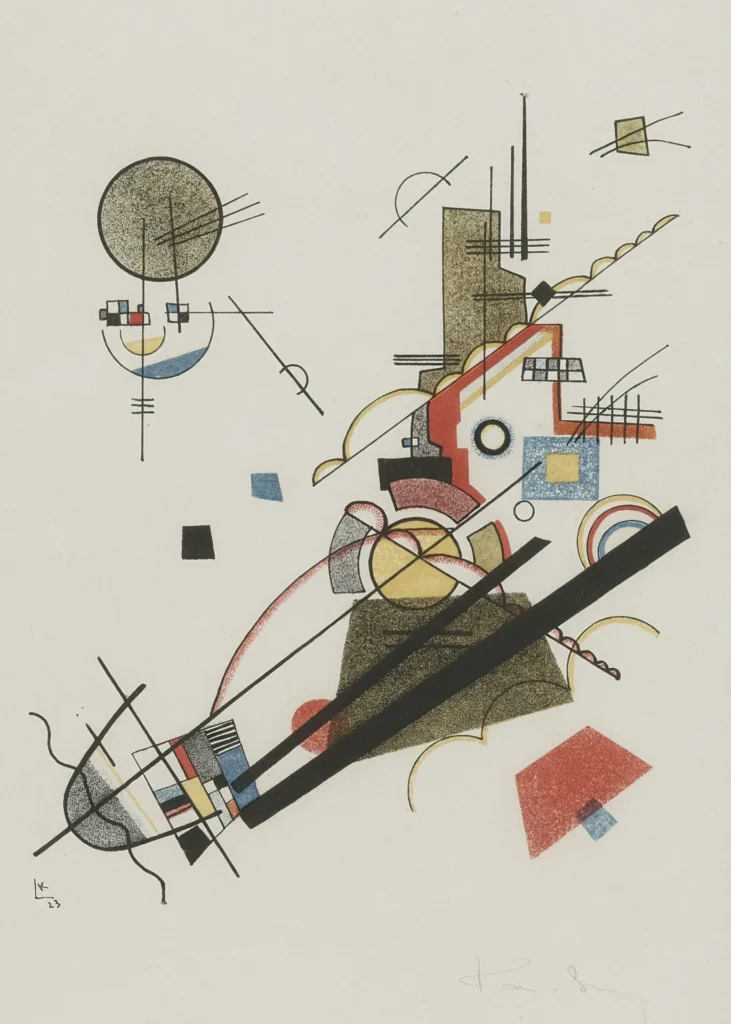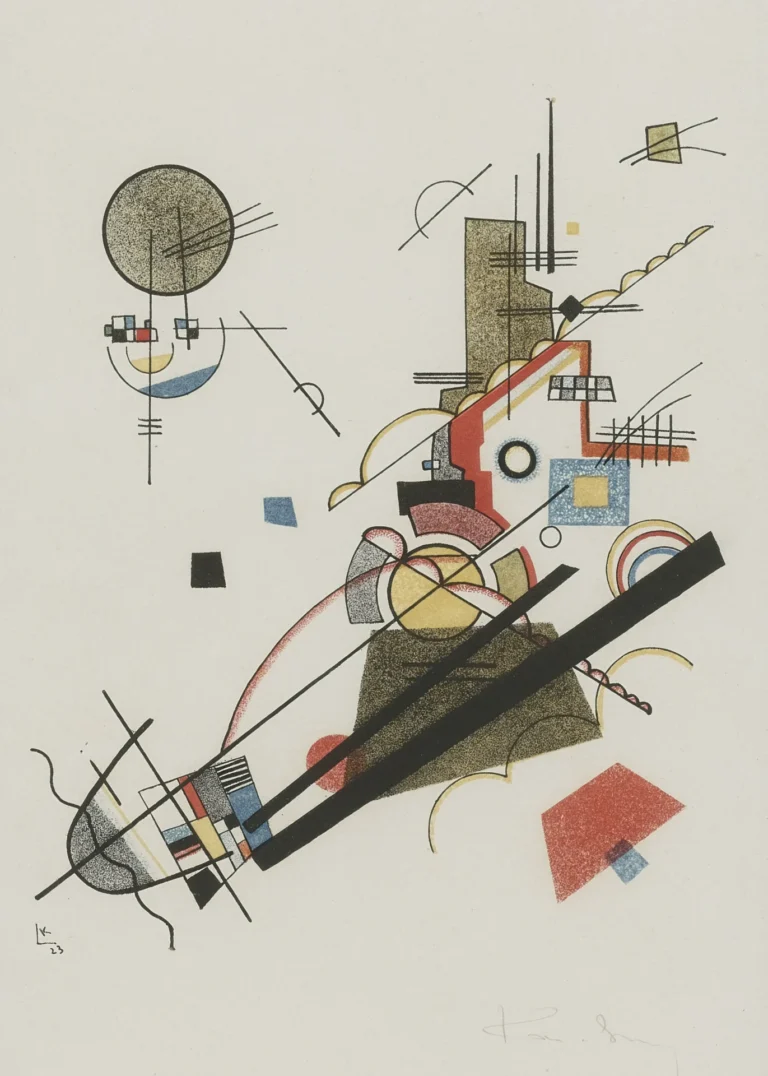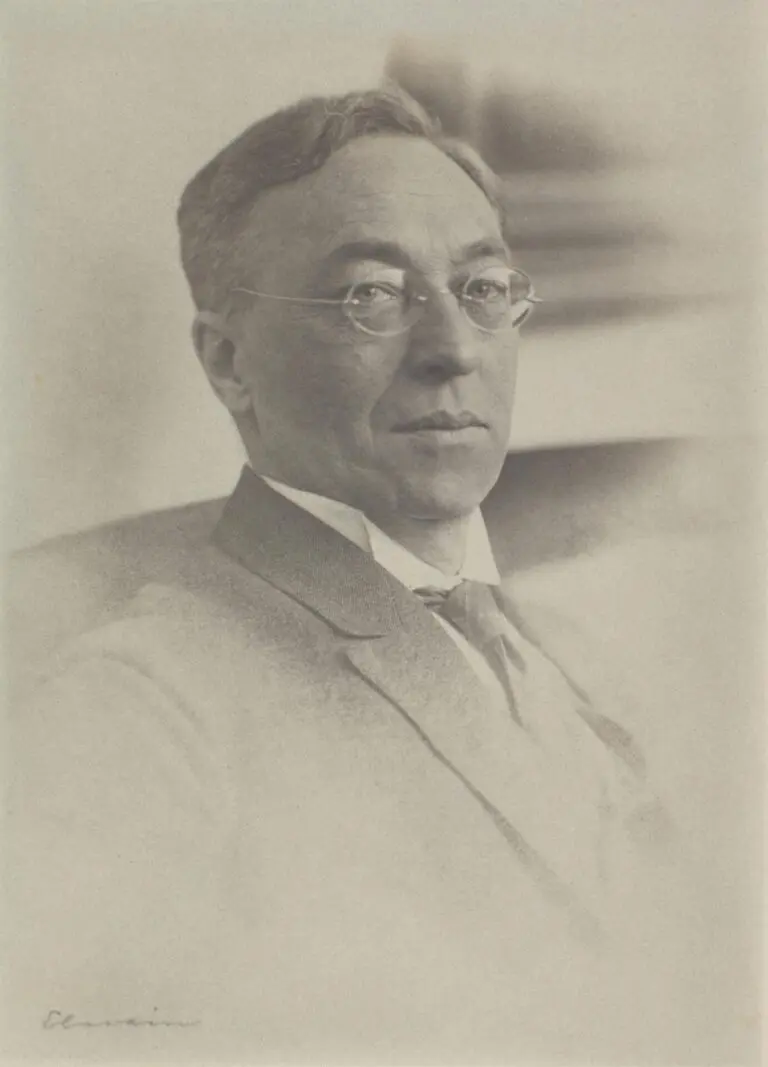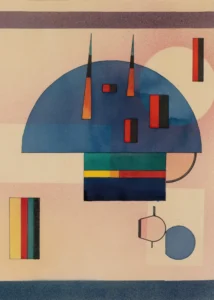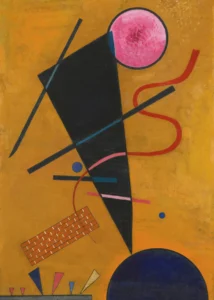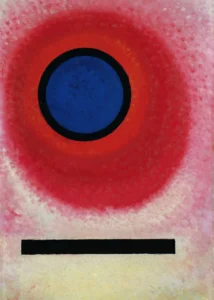Frohlicher Augsteig (1923)
Created in 1923 by renowned Russian artist Wassily Kandinsky, Frohlicher Augsteig (translated as 'Joyful Ascent') is an outstanding example of abstract art that emphasizes vibrant colors and geometric shapes. The piece reflects Kandinsky's deep engagement with abstract theories, showcasing an emotional connection inherent in his work. Despite the original's limited availability, high-quality reproductions allow art enthusiasts to appreciate this masterpiece.
Year 1923
About the Artwork
Wassily Kandinsky, widely regarded as a pioneer of abstract art, created Frohlicher Augsteig during a transformative period in his career when he was deeply invested in abstract art theories. The 1920s were marked by a quest for new forms of expression that transcended traditional representation. In Frohlicher Augsteig, Kandinsky employed dynamic geometric shapes and a vibrant palette to convey emotions and spiritual ideas, aiming for a visual language free from the constraints of the visible world. This painting not only showcases his innovative approach but also invites viewers to experience a sense of joy and elevation, resonating deeply with those seeking both beauty and meaning in art.
Did You Know
Wassily Kandinsky is credited as one of the first artists to explore and establish abstract art, a revolutionary departure from traditional representations that dominated the art world.
Kandinsky believed in the spiritual power of colors and forms; he often described his paintings as a means to evoke deep, emotional experiences that connect viewers to the spiritual realm.
Kandinsky’s ideas and techniques have influenced generations of artists and movements, including Abstract Expressionism, positioning him as a foundational figure in the evolution of modern art.




